Earth Overshoot Day tells us that raw materials are running out, and we're seeing global CO2 emissions rise. It's therefore bizarre that after coffee grounds are collected, the material still regularly ends up in landfills, exacerbating both problems.
Fortunately, more and more organizations are recognizing the need to save valuable organic material like coffee grounds from incineration. But with this influx of new coffee grounds processors, we're also seeing the definition of sustainability expand.
We're seeing more and more cowboys entering the coffee grounds collection market. That's why, in this blog post, we'll explain the eight reasons that make our services stand out.
- Rotterzwam collects coffee grounds using 100% electric vehicles (unlike some others who use diesel trucks). This contributes to cleaner city centers because we have no emissions and don't cause noise pollution.
- Rotterzwam only transports the coffee grounds locally (unlike others who collect them nationally). They sometimes argue that they'll be transported on existing transport lines. However, this only applies to the first (shortest) part to the distribution center. After that, it's transported to a central sorting point via a new transport line. After sorting, it's transported again. In our case, "local" means within the Rotterdam region.
In any case, we don't find the argument for existing transport lines very compelling if these transport lines themselves aren't as sustainable as possible and therefore, in principle, undesirable. Moreover, this way, the old economy [central processing and national distribution] is perpetuated.
- Rotterzwam uses the coffee grounds as efficiently as possible. This means primarily for food production, secondarily as soil improvement, and only as a last resort, biogasification. But we never incinerate them. Our mission also aligns with the 2018 biomass vision of Natuur & Milieu (Dutch Society for Nature and the Environment). ( Unlike others, who process [part of] the coffee grounds into pellets and then incinerate them .)
- Rotterzwam is working to improve the use of coffee grounds through research into coffee grounds as a soil improver . We have always taken a holistic view of waste reduction. That's why we go further where others stop. Our goal is to remove coffee grounds from their waste status. We are doing this in the "Back to the Soil" project. This project can also provide insights and pave the way for other residual streams that are currently classified as waste and could perhaps be put to better use.
- Rotterzwam leaves behind "substrate" after harvesting. We also strive to ensure this residual flow is not considered waste so it can be put to good use. This way, we strive to maximize the use of raw materials at every stage of our operations .
- Rotterzwam is completely transparent about how many kilograms of coffee grounds we collect and what we do with them . We know of two companies with a good example project or example story where a few hundred kilograms of coffee grounds are collected annually, and the rest is [probably] incinerated or fermented. There is no transparency about this. Customers assume all their coffee is used for the example project or example story, while that is only marginally the case, or sometimes not at all.
- Rotterzwam provides a customized impact report showing exactly how much coffee grounds you've collected, what happened to it, and its impact (in terms of CO2 and other parameters). We also occasionally organize fun activities for our staff. This way, sustainability really comes to life instead of remaining a story you never hear about again after implementation .

- Rotterzwam strives to organize its entire business operations as sustainably as possible. Since 2020, as far as we can tell, we have been the world's first CO2 -negative mushroom farm . This means our operations sequester more CO2 in the soil than is released during production and processing. For example, we generate 100% of our electricity in the new farm and commute exclusively by bicycle, public transport, or electric transportation. Furthermore, we offset all CO2 emissions from any business trips twice [!].
We can also organize that impact for you. Together with a growing network of local processors, rotterzwam is working to achieve nationwide coverage for high-quality coffee grounds processing. Want to know more? See what rotterzwam or its partners can do for your organization.

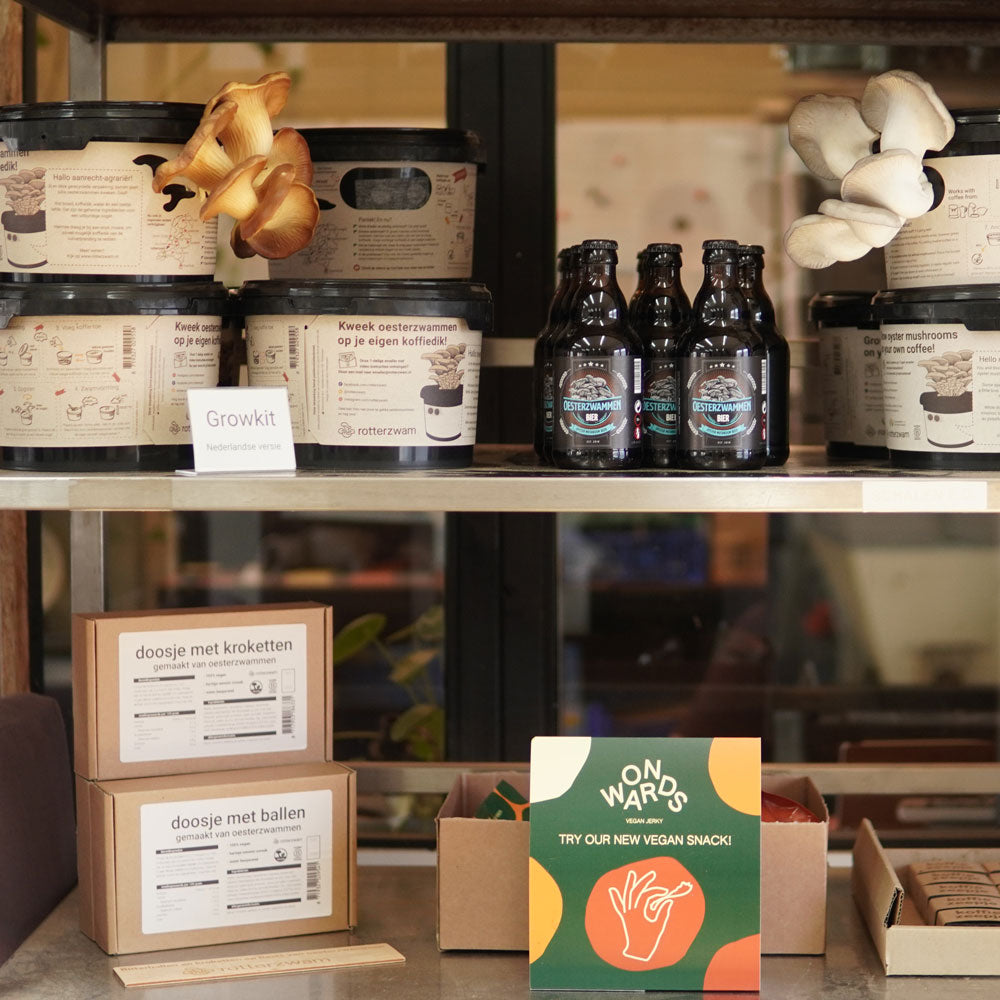
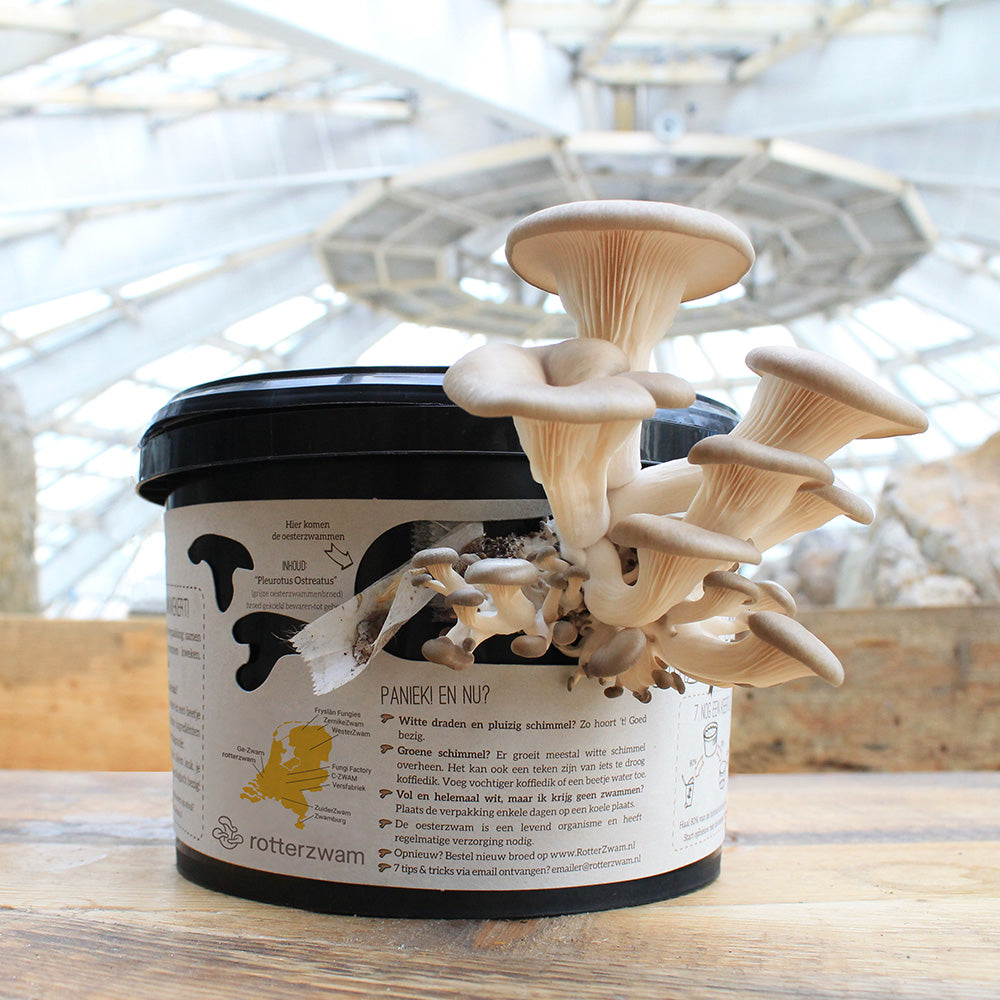
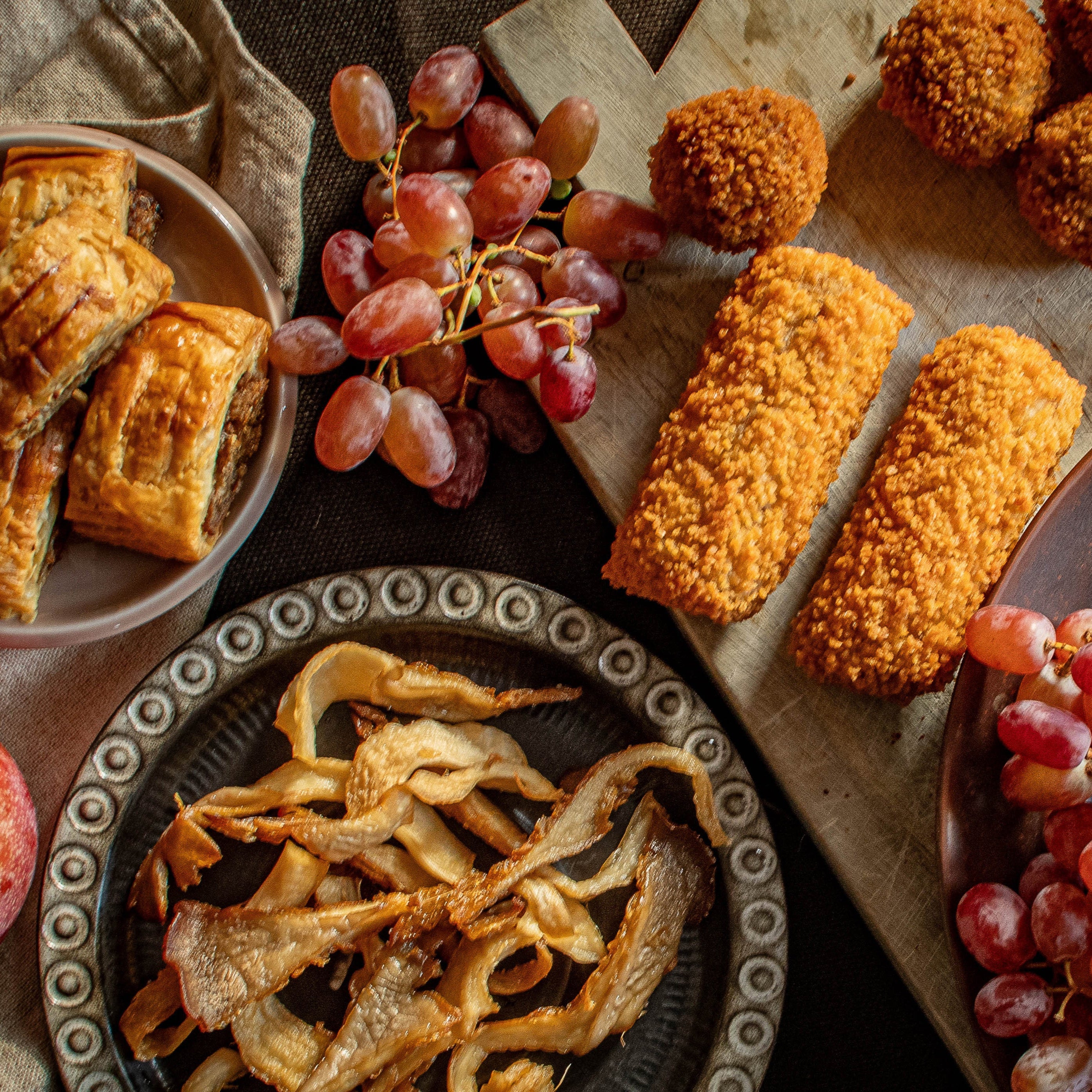

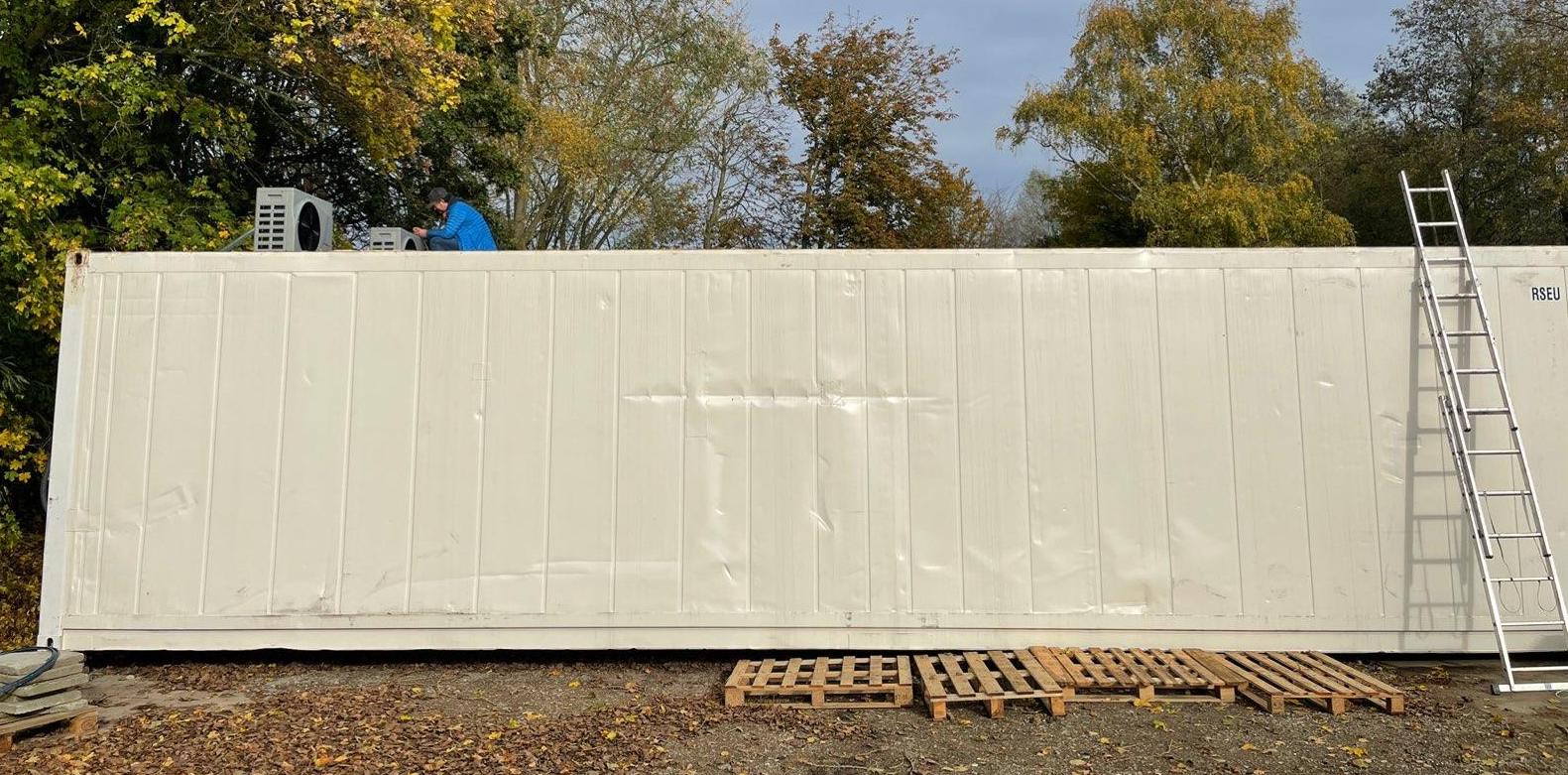
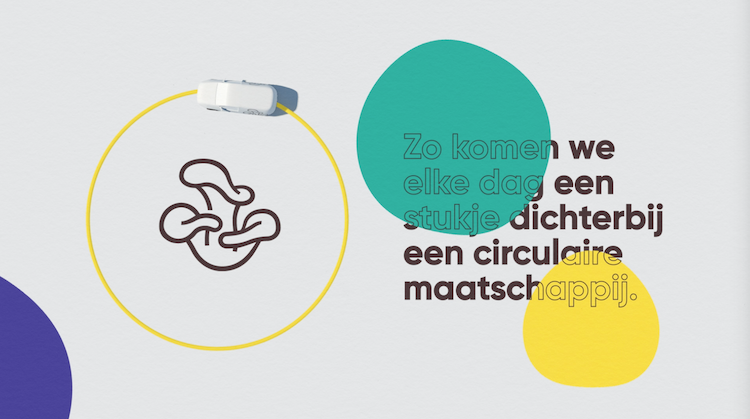
Leave a comment
All comments are moderated before being published.
This site is protected by hCaptcha and the hCaptcha Privacy Policy and Terms of Service apply.